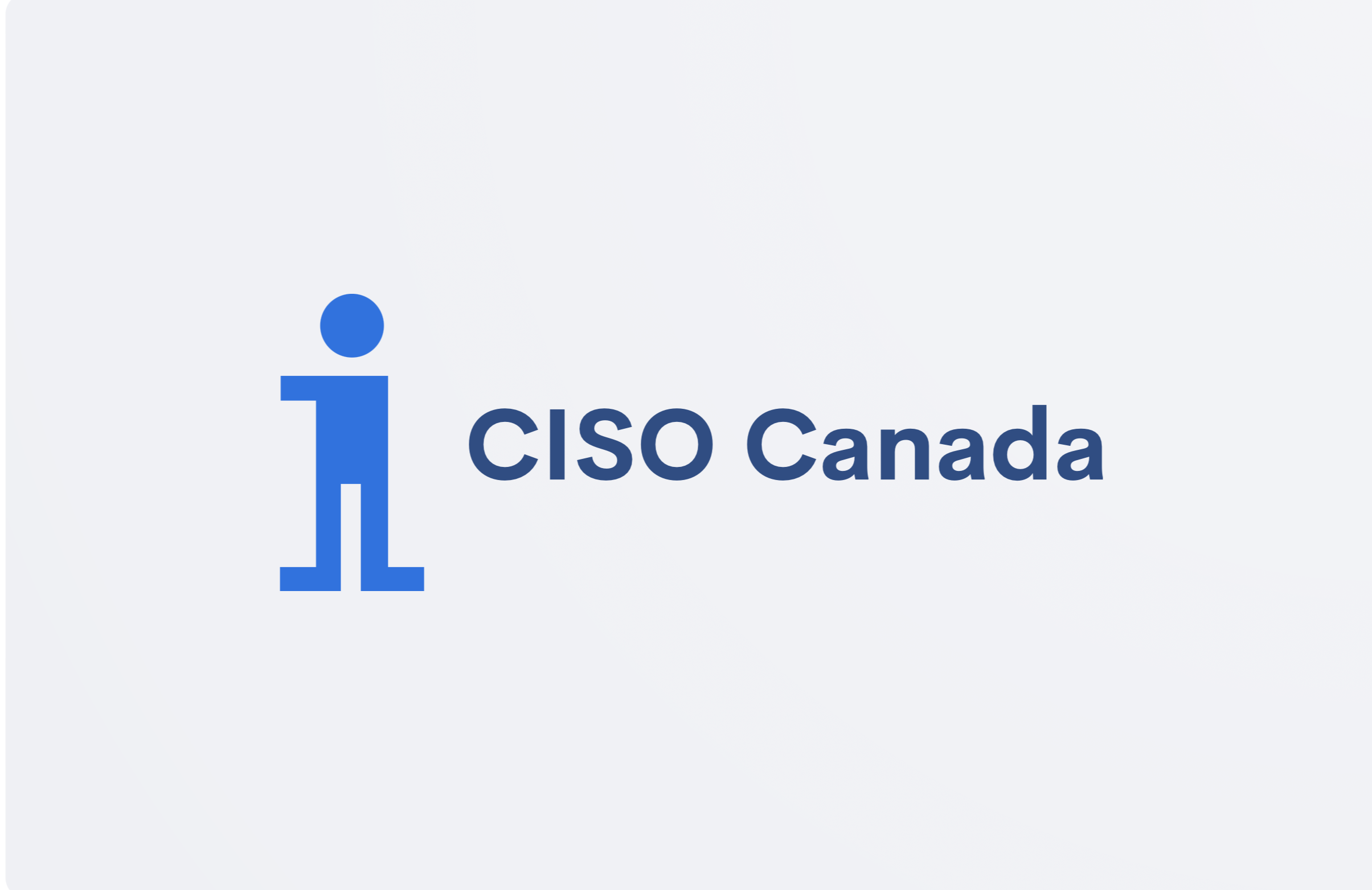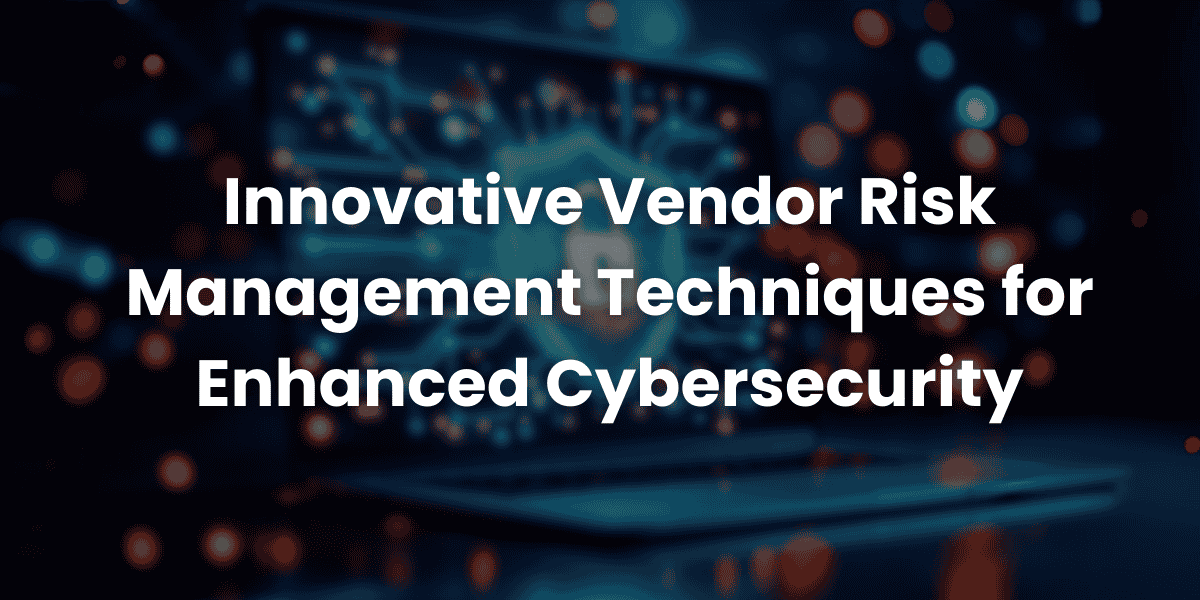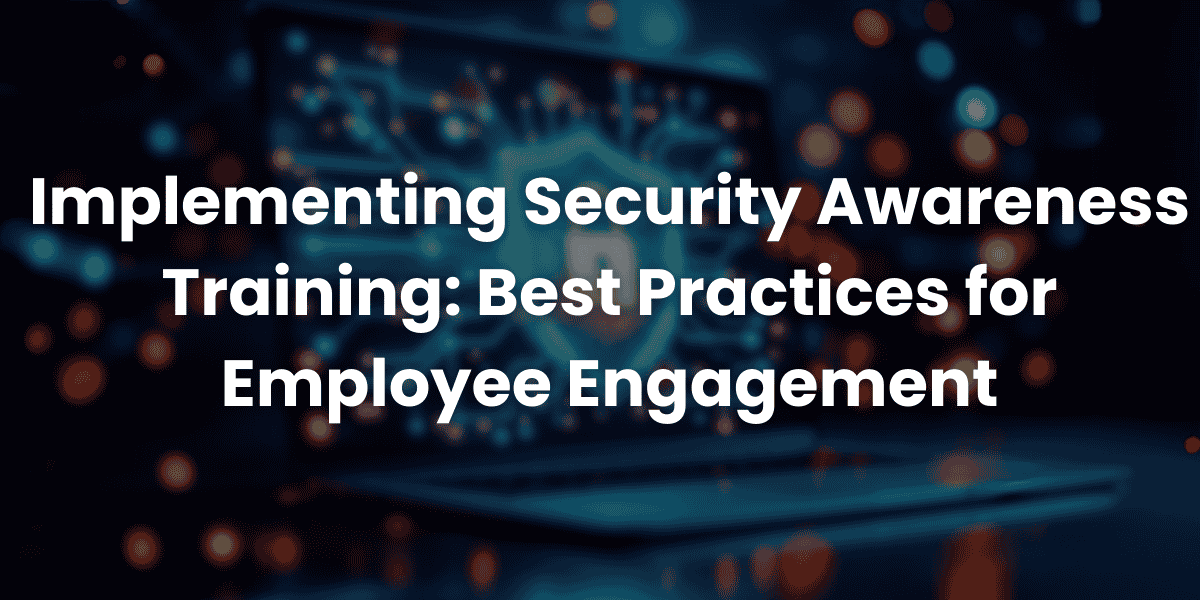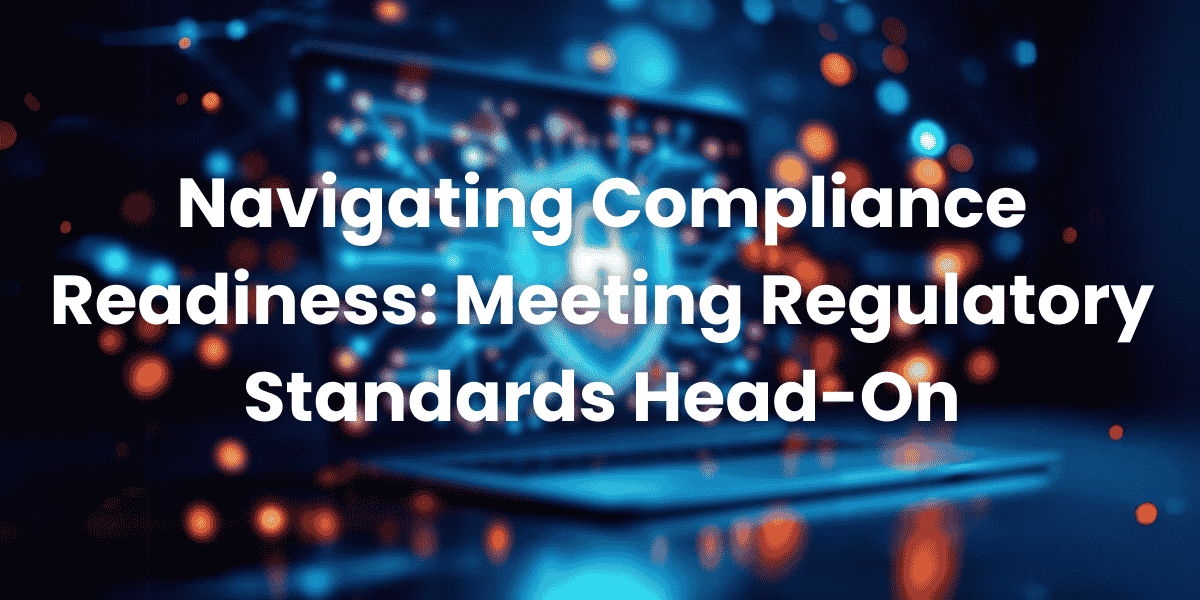
Increasing number of cyber security breaches originated from sophisticated cyber threats continue to impact business operations, profits, and reputation. As a senior executive, a Chief Information Security Officer (CISO) is critical to develop a cyber security strategy to protect organizational assets against internal and external threats.
Key Responsibilities of a CISO
- Cyber Security Strategy
- Create a cyber security strategy aligned with organizational goals and regulatory compliance to address both current and emerging security threats
- Cyber Security Architecture
- Develop and enforce a cyber security architecture aligned with the cyber security strategy.
- Cyber Security Risk Management
- Conduct ongoing cyber security risk assessments while developing cyber risk mitigation strategies.
- Cyber Security Policy Development
- Create comprehensive security policies adhering to organizational risk appetite, industry best practices and regulatory compliance.
- Incident Management
- Lead incident response and develop incident response plans.
- Business Continuity and Disaster Recovery Planning
- Ensure business continuity through disaster recovery plans.
- Cyber Security Awareness and Training
- Foster a culture of security awareness among employees.
- Stakeholder Liaison
- Communicate with senior executives and stakeholders on security status and measures.
- Vendor Management
- Evaluate third-party vendors for security risks and ensure compliance.
- Budget Management
- Manage the security budget effectively.
- Legal and Regulatory Compliance
- Ensure compliance with relevant cyber security laws and regulations.
- Security Audits and Assessments
- Conduct regular security audits to assess control effectiveness.
- Vulnerability Management
- Identify and assess vulnerabilities and implement a remediation plan for the identified vulnerabilities
Please contact us at info@cisocanada.com to discuss your organization’s CISO needs.
For our information security and privacy services, please visit Cyber Electra.





